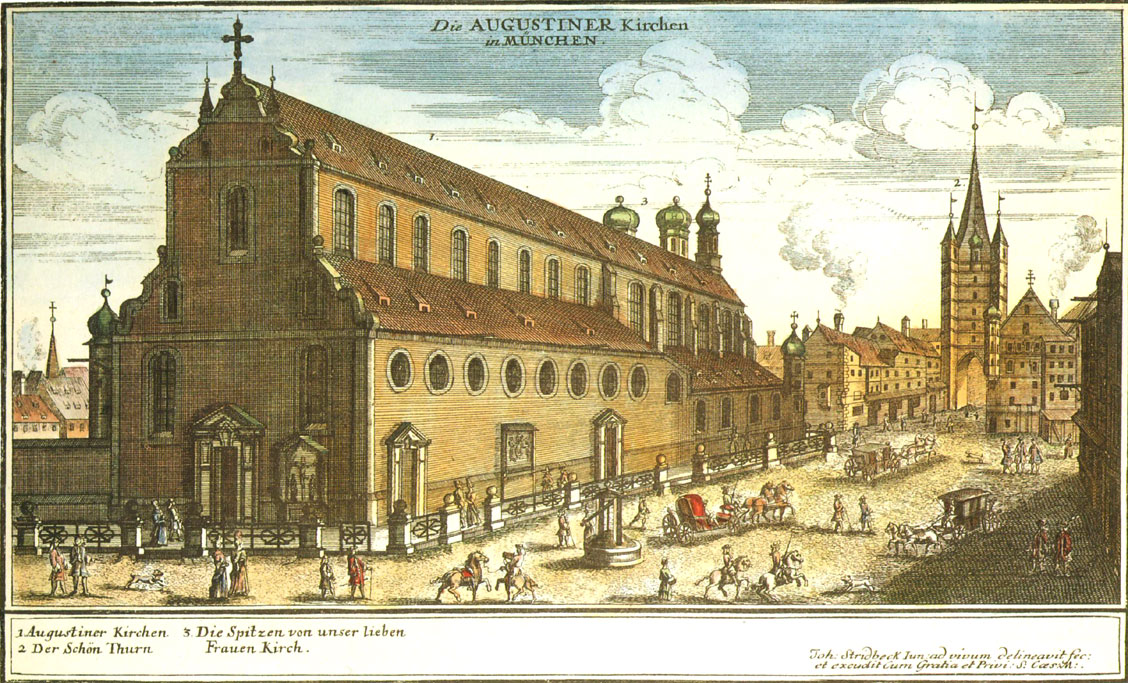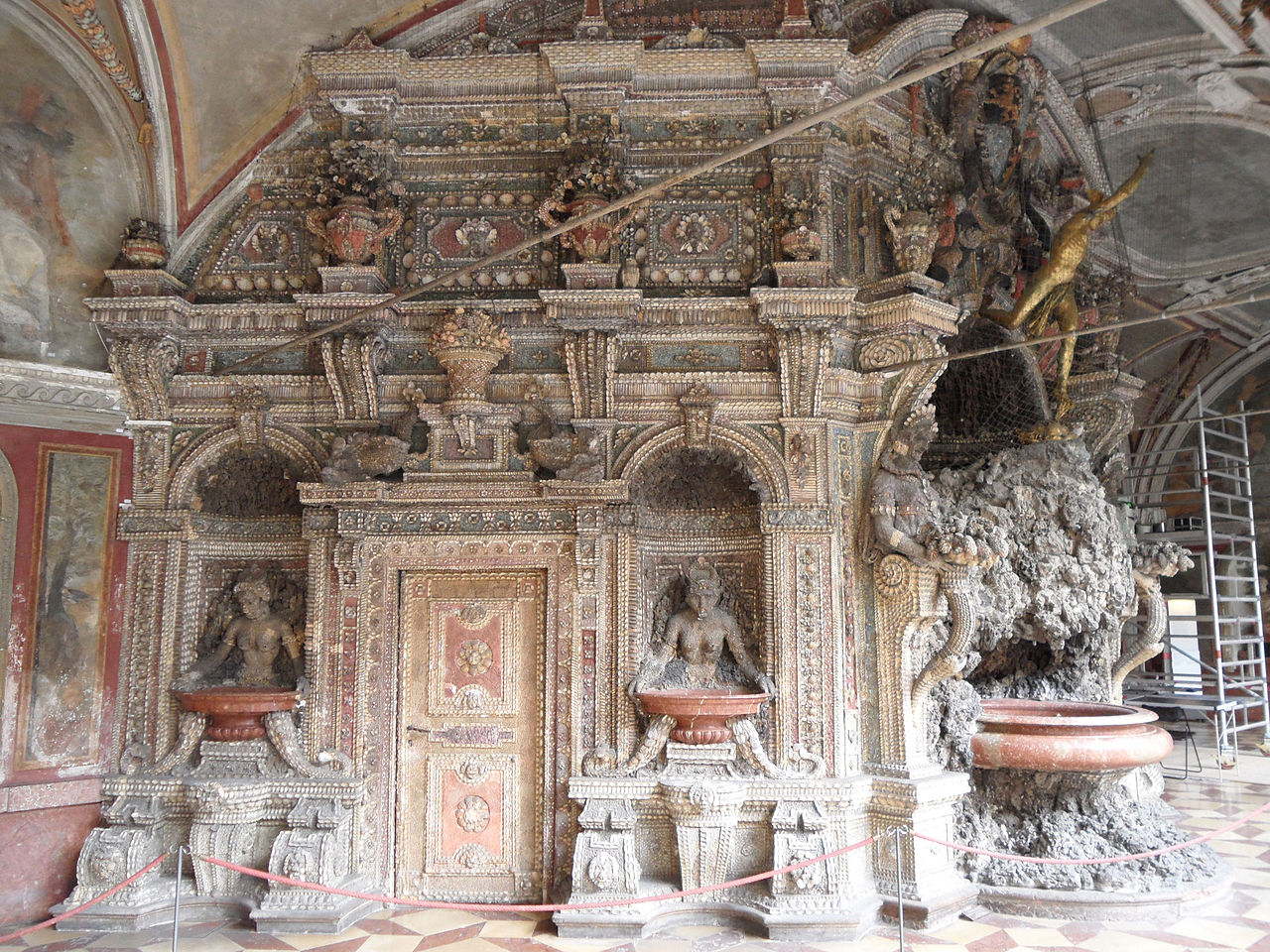Early Adulthood


In the fall of 1510 the Augustinian monk Martin Luther starts his first & only pilgrimage to Rome on behalf of his monastery in Erfurt (400 km north of Munich). Seven years later, Luther discloses his 95 Theses, sparking the fire of the Protestant movement that would very quickly swipe the whole European continent. Southern Bavaria became a center for Roman-Catholic opposition to the Protestant Reformation in Germany & Munich its epicenter with William IV issuing the first Bavarian religion mandate banning the promulgation of Martin Luther’s works in 1522. 2 years later after an agreement with Pope Clement VII, William becomes the leader of the German Counter Reformation.
William IV of Bavaria was a great patron of arts with most of his collection now exhibited in the Alte Pinakothek of Munich, while his expansion & alterations of the Neuveste, the new fortress built at the end of the 14th century to replace Alter Hof as the Wittelsbach residence, began the history of the Munich Residenz, as it would be known in the future, as the largest city palace in Germany.


The same policy was followed by William’s son Duke Albert V (from 1550 to 1579) both in religious & cultural matters. A strict Catholic in his upbringing, Albert became a champion of protestant repression because he was convinced that Catholicism was inseparably connected with the fortunes of his house among other things. Churches were inspected frequently, Protestant literature was censored, the Protestant books were collected and burned in large bonfires while Bavarians were refused permission to study abroad in order to avoid any contact with the dangerous heresy. He also invited the Order of Jesuits to take over the administration of Bavarian schools & universities. A great collector of art Albert commissioned the construction of the Antiquarium in the Munich Residenz, the largest and one of the most impressive Renaissance hall north of the Alps, in order to house his personal collection of art, now the basis of the Wittelsbach antique collection of Greek & Roman antiquities.



The burden of debt inherited by his father didn’t seem to discourage the Jesuit educated Duke William V (r. 1579 to 1597) in his plan to build the largest Renaissance-style Jesuit church north of the Alps. Michaelskirche (St. Michael’s Church), was conceived as the German counterpart to St. Peter’s Basilica in Rome. Its expensive construction that started in 1583 along with the adjacent Jesuit College, the further extensions & lavish additions in the Munich Residenz & the funding of various Catholic projects outside Bavaria nearly bankrupted the Bavarian treasury.


Between 1575 & 1590 about forty people were executed for protestant heresy while in 1590 the first witchcraft trials were held in the city. By the year 1600 more than 400 people had been arrested, hanged or burned at the stake while hundreds more had left the city. The Jesuits were not the only Catholics who flocked to Munich as Protestants left. The Capuchin Order was also summoned to fill in the void and a dozen more Catholic orders followed in the coming years, giving Munich the honorary appropriation of a German Rome.



